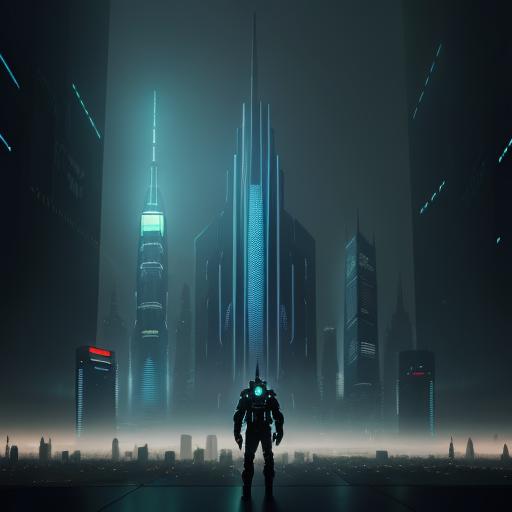When creating digital designs, choosing between clip art vs vector art can make or break your project. Whether you’re designing a logo, creating web graphics, or working on print materials, understanding the fundamental differences between these two graphic types will help you make the right choice every time. This comprehensive guide breaks down everything you need to know about clip art versus vector art in simple terms.
Key Points Summary
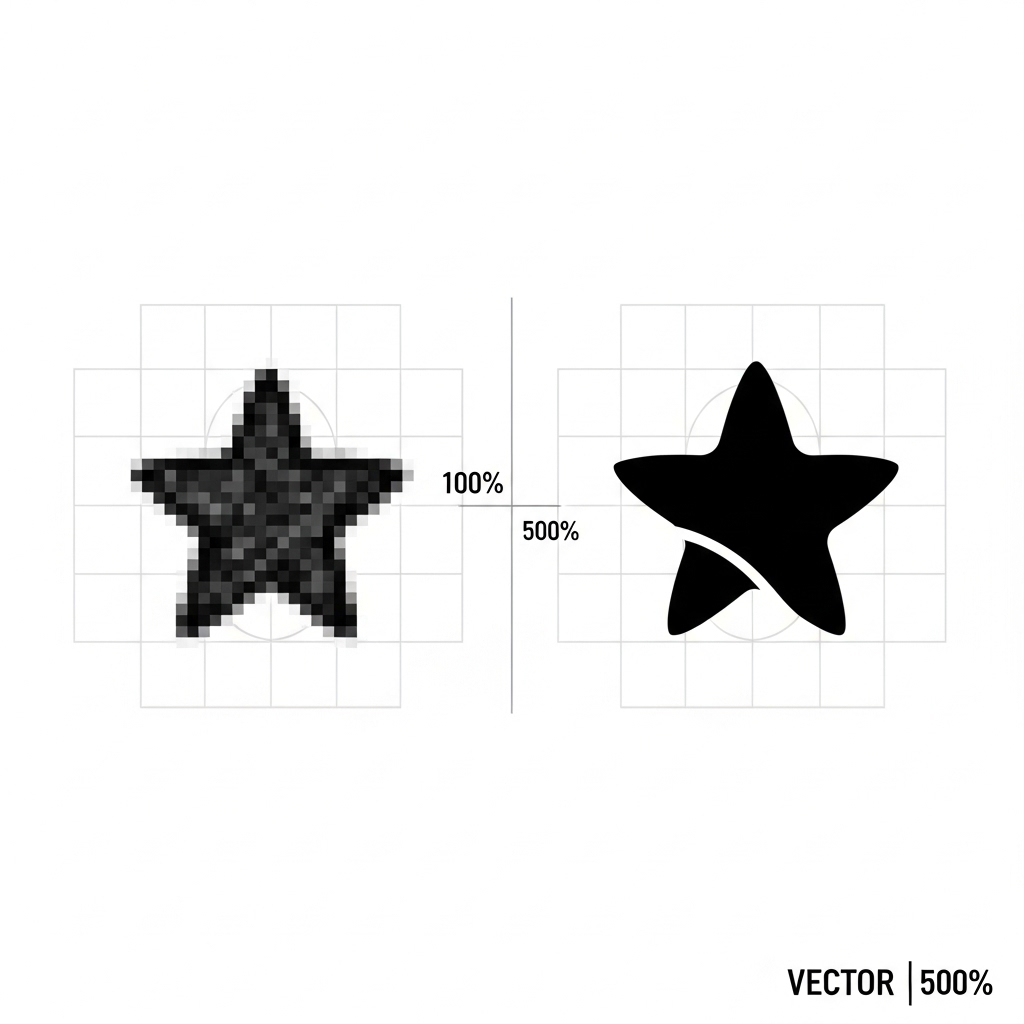
- Clip art consists of simple, pre-made graphics that are typically raster-based and lose quality when resized
- Vector art uses mathematical equations to create infinitely scalable graphics that maintain crisp quality at any size
- File formats differ significantly: clip art uses PNG, JPEG, GIF while vector art uses SVG, EPS, AI
- Use cases vary: clip art works for quick web graphics, vector art excels in professional branding and print materials
- Scalability is the key differentiator: vector graphics remain sharp at any size, clip art becomes pixelated when enlarged
- Free Clip Art Generator – go there directly
What is Clip Art?
Clip art represents a collection of simple, stylized graphics including icons, symbols, borders, and stickers that are designed for quick use in various projects. Think of clip art as the digital equivalent of stickers or stamps – they’re pre-made graphics you can easily add to documents, presentations, or websites without needing advanced design skills.
Most clip art consists of pixel-based graphics stored in formats like PNG, JPEG, or GIF. These images are created using a grid of colored squares called pixels, similar to a digital mosaic. When you zoom into clip art, you can actually see these individual pixel squares, especially around curved edges.
Common examples of clip art include:
- Simple icons (phones, houses, hearts)
- Decorative borders and frames
- Basic symbols and arrows
- Cartoon-style illustrations
- Holiday and seasonal graphics
The main appeal of clip art lies in its simplicity and accessibility. You don’t need expensive software or advanced skills to use clip art effectively. Most word processors, presentation software, and basic design tools include clip art libraries that anyone can access with a few clicks.
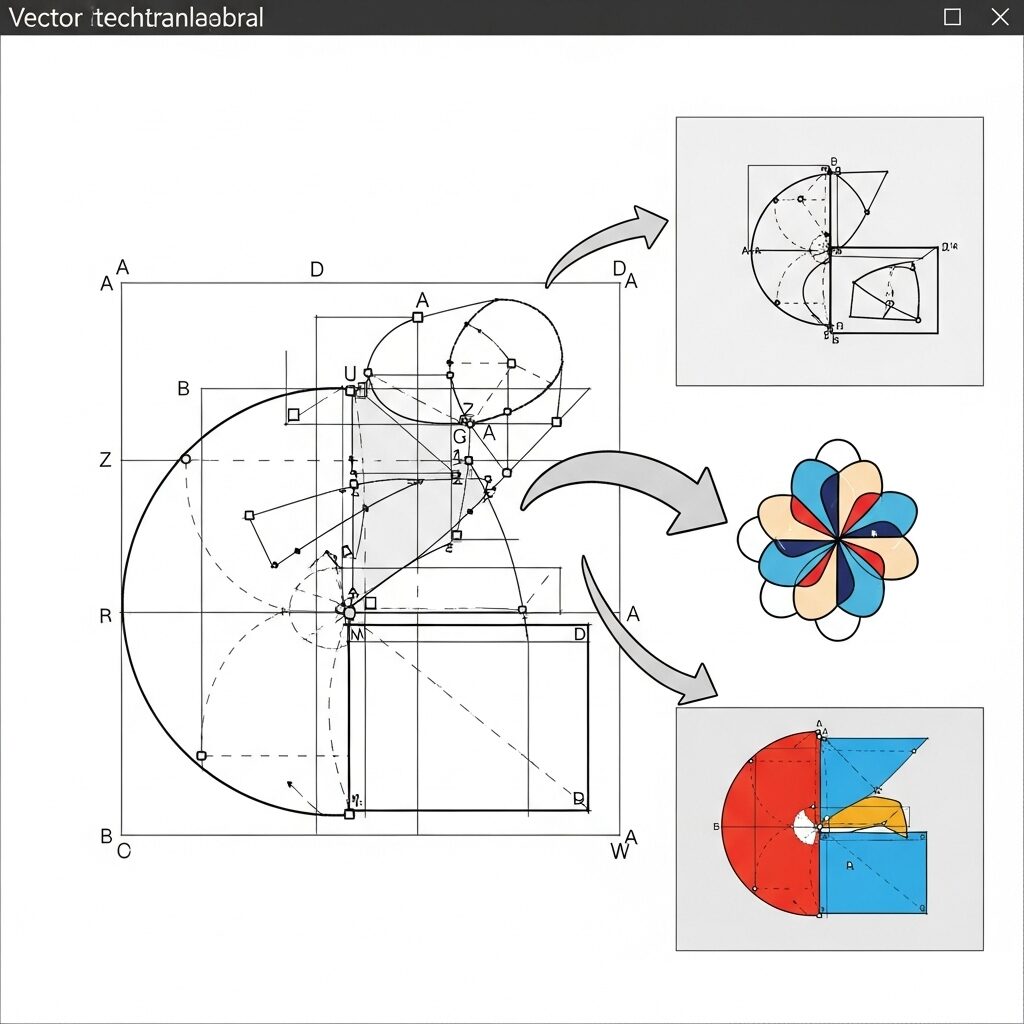
What is Vector Art?
Vector art takes a completely different approach to creating digital graphics. Instead of using pixels, vector graphics rely on mathematical equations that define scalable graphics through geometric shapes, points, lines, and curves. This mathematical foundation is what makes vector art so special and powerful.
When you create or view vector art, you’re essentially looking at a set of mathematical instructions that tell the computer how to draw lines, curves, and shapes. These instructions can be scaled to any size – from a tiny web icon to a massive billboard – without losing any quality or sharpness.
Vector art is built using:
- Anchor points that define key positions
- Bezier curves that create smooth, flowing lines
- Geometric shapes as building blocks
- Mathematical coordinates that ensure precision
Professional designers love vector art because it offers resolution independent graphics that look perfect whether displayed on a smartphone screen or printed on a giant poster. This flexibility makes vector art essential for logos, brand identity, and any design that needs to work across multiple sizes and formats.
Key Differences Between Clip Art and Vector Art
Understanding the core differences between these two graphic types will help you choose the right option for your projects:
| Aspect | Clip Art | Vector Art |
|---|---|---|
| Construction | Pixel-based grid | Mathematical equations |
| Scalability | Limited, becomes pixelated | Infinitely scalable |
| File Formats | PNG, JPEG, GIF | SVG, EPS, AI, PDF |
| Quality | Fixed resolution | Resolution independent |
| File Size | Varies by resolution | Generally smaller |
| Editing | Limited to pixel editing | Fully editable shapes |
| Professional Use | Casual projects | Professional branding |
| Creation Complexity | Simple to use | Requires design skills |
Scalability: The Main Advantage of Vector Art
The most significant difference between clip art vs vector art lies in scalability. This concept is crucial for anyone working with digital graphics, so let’s break it down simply.
When you enlarge clip art, you’re essentially making each pixel bigger. Imagine taking a photograph and stretching it like taffy – the image becomes blurry and pixelated because you’re spreading the same amount of visual information over a larger area. This is why clip art becomes pixelated when you try to use it for large format printing or high-resolution displays.
Vector art works differently. Since it’s based on mathematical instructions rather than fixed pixels, the computer can redraw the entire image at any size using the same mathematical precision. It’s like having a perfect blueprint that can be used to construct a building of any size – the proportions and quality remain perfect regardless of scale.
“Vector graphics use mathematical equations to create infinitely scalable artwork that maintains crisp quality at any size, making them essential for professional design work.”
This scalability advantage makes vector art the preferred choice for:
- Company logos that need to work on business cards and billboards
- Print materials that require high resolution
- Web graphics that need to look sharp on high-DPI displays
- Icons that must work across different device sizes
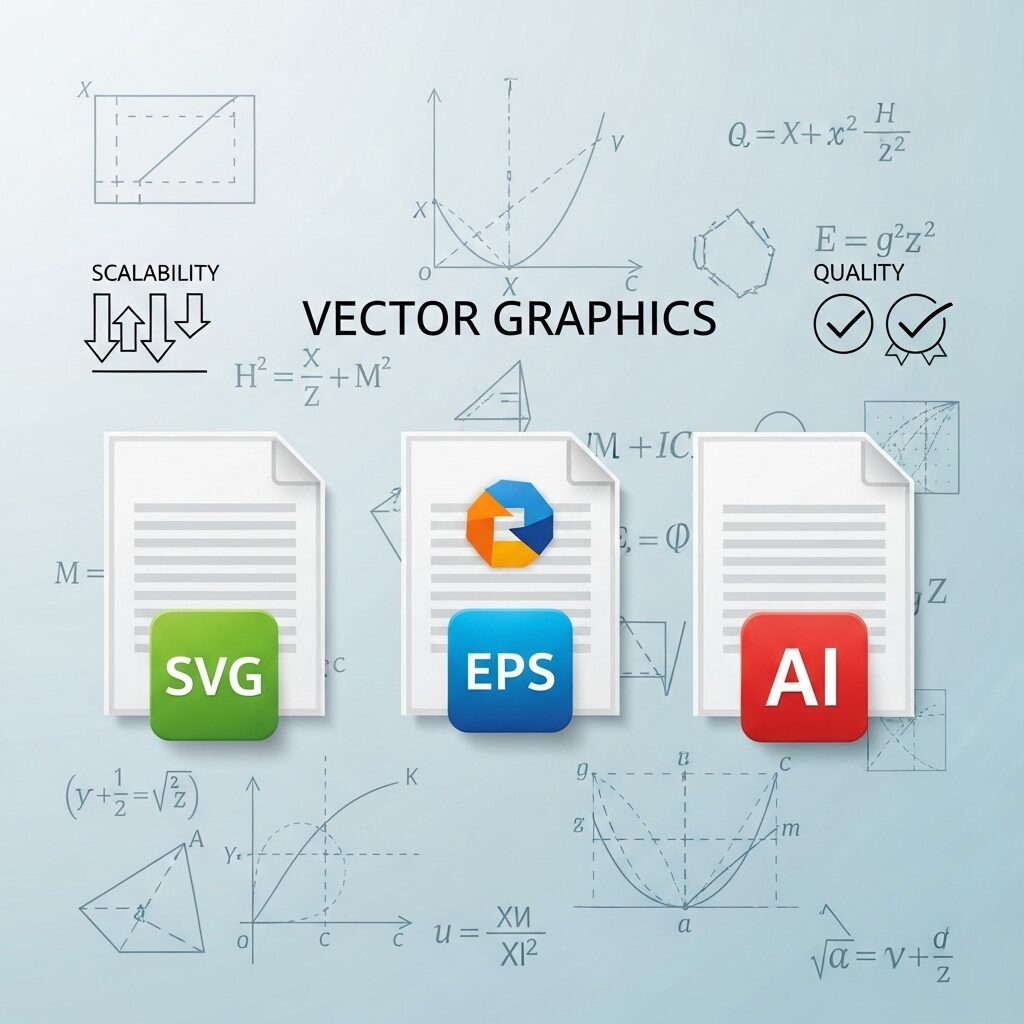
File Formats: Clip Art vs Vector Art
The file format often reveals whether you’re dealing with clip art or vector art. Understanding these formats helps you identify what type of graphic you’re working with and choose the right format for your needs.
Clip Art File Formats:
- PNG – Best for clip art with transparent backgrounds
- JPEG – Common for photographic clip art
- GIF – Used for simple animations and limited color clip art
- BMP – Basic bitmap format, less common today
Vector Art File Formats:
- SVG – Scalable Vector Graphics using XML-based format, perfect for web use
- EPS – Encapsulated PostScript, industry standard for print
- AI – Adobe Illustrator’s native format
- PDF – Can contain vector elements, widely compatible
The SVG format deserves special mention as it’s become the gold standard for web-based vector graphics. As an XML-based vector graphics format, SVG files can be edited with code, styled with CSS, and animated with JavaScript, making them incredibly versatile for modern web design.
When to Use Clip Art vs Vector Art
Choosing between clip art and vector art depends on your specific project needs, budget, and quality requirements.
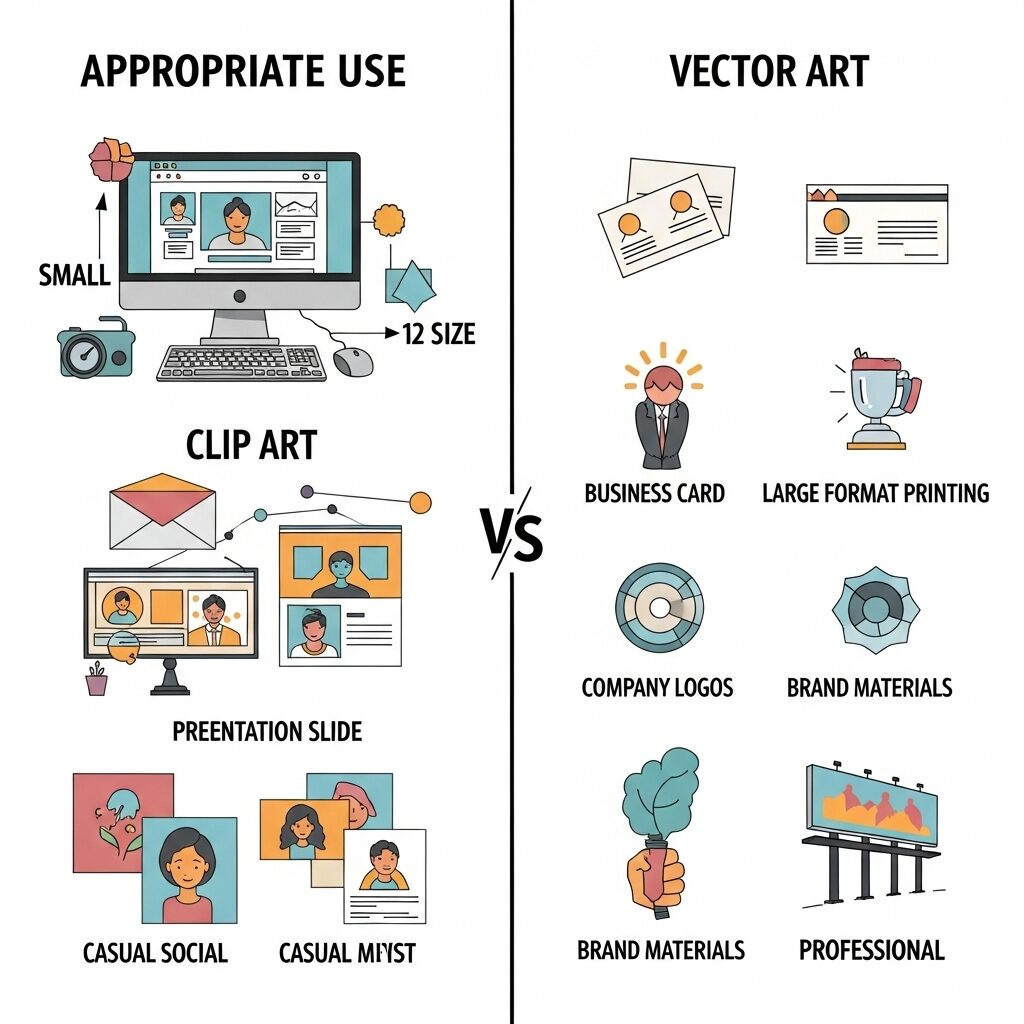
Choose Clip Art When:
- Creating casual social media posts
- Working on internal presentations
- Designing email newsletters
- Building basic websites or blogs
- Working with limited budgets
- Need graphics quickly without custom design
Choose Vector Art When:
- Developing brand identity and logos
- Creating materials for print production
- Building professional marketing materials
- Designing for multiple screen sizes
- Working on high-quality publications
- Need graphics that scale perfectly
Consider your long-term needs too. If you’re building a brand or creating materials that might be used in various contexts, investing in vector art upfront saves money and maintains quality consistency across all applications.
Converting Clip Art to Vector Art
Sometimes you might have clip art that you love but need in vector format. While you can’t magically transform pixels into mathematical equations, several methods can help you convert clip art to vector format:
Manual Tracing Methods:
- Use Adobe Illustrator’s Image Trace feature
- Employ Inkscape’s trace bitmap tool
- Manually redraw using vector shapes
- Hire a professional designer for complex conversions
Online Conversion Tools:
- Vector Magic (paid service)
- Convertio (basic conversions)
- AutoTracer (free but limited)
Keep in mind that automatic conversion tools work best with simple, high-contrast clip art. Complex or low-resolution clip art may require manual recreation to achieve professional vector quality.
For artists looking to develop their digital skills, understanding digital art software options can help you create original vector artwork instead of relying on conversions.
Popular Software for Each Type
Clip Art Software:
- Microsoft Office (built-in clip art libraries)
- Canva (extensive clip art collections)
- Adobe Photoshop (for editing raster clip art)
- GIMP (free alternative for clip art editing)
Vector Art Software:
- Adobe Illustrator (industry standard)
- CorelDRAW (popular for print design)
- Inkscape (free, open-source option)
- Figma (web-based, great for UI design)
When starting your journey in digital art creation, consider exploring how to create your first digital artwork to build foundational skills.
Professional Applications and Quality Considerations
The choice between clip art vs vector art often comes down to professional requirements and quality standards. In professional design work, vector art dominates because it meets the stringent quality requirements of commercial printing and brand consistency.
Print Production Requirements:
- Commercial printing typically requires 300 DPI or higher
- Vector art maintains quality at any resolution
- Clip art may appear pixelated in high-resolution print
- Professional printers prefer vector formats like EPS or AI
Brand Identity Standards:
- Logos must work across all media sizes
- Brand consistency requires scalable graphics
- Vector art ensures consistent appearance
- Clip art limitations can compromise brand quality
Understanding color theory principles becomes crucial when working with both clip art and vector art, as proper color application enhances visual impact regardless of the graphic type.
The Future of Digital Graphics
As technology evolves, the distinction between clip art vs vector art continues to matter. High-resolution displays, responsive web design, and print-on-demand services all favor vector graphics for their scalability and quality advantages.
Modern design trends emphasize:
- Responsive graphics that adapt to any screen size
- High-quality visuals that remain sharp on retina displays
- Scalable icons and illustrations for user interfaces
- Print-ready graphics for print on demand products
For artists and designers building their careers, understanding these fundamental differences helps make informed decisions about tools, techniques, and project approaches. Whether you’re building your art brand or developing client work, choosing the right graphic type ensures professional results.
Clip Art Generator
🎨 Free AI Clip Art Generator
Create vector-style clip art instantly – no accounts or payments needed
Examples of Clip Art created with Generator
Frequently Asked Questions
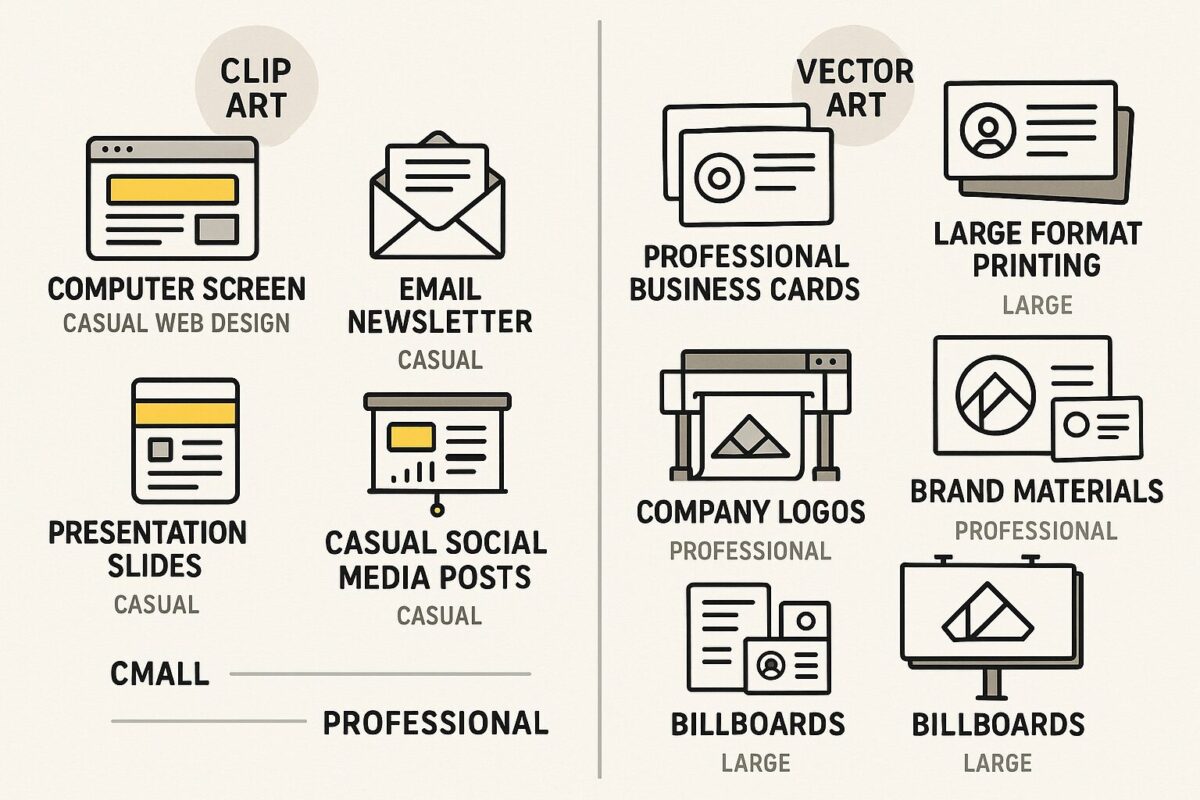
What is the main difference between clip art and vector art? The main difference is scalability. Clip art is typically made of pixels and becomes blurry when enlarged, while vector art uses mathematical equations that maintain crisp quality at any size.
Can clip art be converted to vector format? Yes, clip art can be converted to vector format using tracing software like Adobe Illustrator or Inkscape, though results vary depending on the complexity and quality of the original clip art.
Which is better for logos – clip art or vector art? Vector art is significantly better for logos because it maintains quality at any size, from business cards to billboards, and meets professional printing standards.
What file formats are used for vector art? Common vector art formats include SVG (for web), EPS (for print), AI (Adobe Illustrator), and PDF (with vector elements).
Why does clip art look blurry when enlarged? Clip art becomes blurry when enlarged because it’s made of pixels. When you stretch pixel-based images, the individual pixels become visible, creating a pixelated, blurry appearance.
Is vector art good for printing? Yes, vector art is excellent for printing because it’s resolution independent and can be scaled to any size without quality loss, making it perfect for everything from business cards to large format printing.
Understanding the fundamental differences between clip art vs vector art empowers you to make informed decisions for your design projects. Whether you’re creating casual graphics or professional branding materials, choosing the right type ensures your visuals look their best across all applications and media.
Additional Resources
- Adobe Illustrator Official Guide – Comprehensive tutorials for vector art creation
- Inkscape Tutorials – Free vector graphics software learning resources
- SVG Specification – Technical documentation for scalable vector graphics
- Vector vs Raster Graphics Guide – Adobe’s detailed comparison
- Canva Design School – Design fundamentals and clip art usage tips









